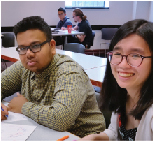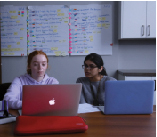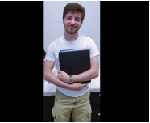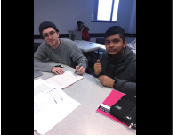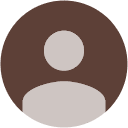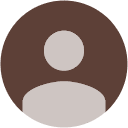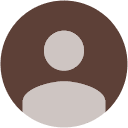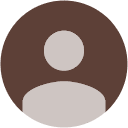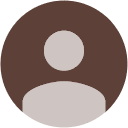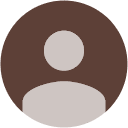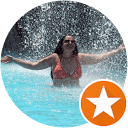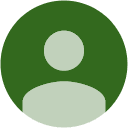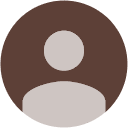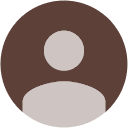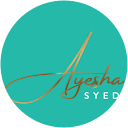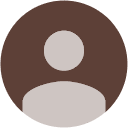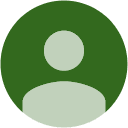What is the domain and range?
Domain is a set of all input values of a function whereas range considers the set of all the output values of a function.
On a coordinate plane, domain looks at x- values (horizontal axis) of a graph whereas range is the set of y-values (vertical axis) of a given function.
Examples of domain and range
1. Determining domain and range, given a table.
The domain is the set: {-3,-2,-2,0,1}
The range is the set: {7,2,-1,-2}. There are 4 terms in the range since -1 repeats itself twice.
2. Determining domain and range given mapping diagrams.
The domain is: {a,c}. b is not included in the domain as the input results in no output.
The range is: {1,3}. 2 and 4 are not included in the range as no letter in the input results in that output.
Note: Since domain and range is a set of numbers, braces { } are used to denote the set of numbers.
3. Determining the domain and range of continuous functions.
Let’s take a look at the graph. Notice the two arrows at each end.
Here, the graph touches every x value possible and every y-value due to the arrows pointing in both directions.
Hence, the domain is:
Range is:
Let us look at another graph. Notice the graph has a starting point and one arrow. This means it is only continuous at one end.
The domain is: 
The range is: 
Next, look at a graph that has no arrows pointing which means it starts at one point and ends at another point.
The smallest x-value is -1 and the largest x value this graph will touch is 1 which means all the possible values of x are between -1 and 1.
Hence, the domain is:
Similarly, the range is:
4. Determining the domain and range of open and closed circles
An open circle means the graph does not include that point and is called a hole. A closed circle means it does include the point.
The domain of the function is: { x∈R | -3 ≤ x < 3 }. Here, since the graph never touches x = 3 due to the open circle eventhough it comes very close to x = 3 (so 2.9999) hence we say x is less than 3, just not equal to 3.
The range of the function is: { y∈R | -4 ≤ y < -2 }. For the range, even though there is a hole at y=-2, it can be filled by the closed circle also at y=-2. Hence, y values of the function are greater than y=-4 and less than y=-2.

Private Tutoring
One on One Private Tutoring
Grade 5 to 8 Math. English Writing, Science.
Grade 9 , 10 Math. English. Science.
Grade 11, 12 Math, Advanced Functions, Calculus, Chemistry, Biology, Physics. English.
Queen Elizabeth Academy’s Private Tutoring Program provides our students with one on one, personalized tutoring lessons that are based on a step by step, easy to understand methodology.
Semi private Actual lesson.
Our Approach of Tutoring
At QEA, we focus on tutoring the students and build his or her foundation and understanding. Our tutoring approach facilitates independent thinking, so that our students can analyze the questions properly. Our tutors go through math and science lessons step by step, and make sure that you have a firm foundation before they move onto more complex math and science concepts.
For our science and math tutoring programs, we focus on providing step by step explanations during the tutoring session, facilitating the student’s understanding of the math and science concepts.
Math and science are cumulative. Therefore, building a good foundation is important for the student’s long-term success. In our math and science tutoring, we focus on clarifying the student’s knowledge gaps to help them build a good foundation in math and science.
Our tutors will categorize types of problems and organize knowledge making it easier for students to retain

Teaches: English grade 5 to 12
PhD Candidate, English literature
Writing Course Director, Guelph-Humber University
Harvard University
Queen Elizabeth Advisor
Designed Learning Strategies for our courses.
Teaches: Calculus, Advanced Functions, Physics
PhD Candidate, University of Toronto
Taught university math tutoring classes for 2+ years
Teaches: Advanced Functions
1200+ hours of tutoring experience. Specialized in making complex concepts easy to understand

Teaches: Calculus, Grade 9-12 Math
Certified Teacher, Mathematics.
6 years of university teaching experience as a TA

Queen's University, Canada
Major in chemistry
3+ years of teaching experience including university level and high school level chemistry
Queen Elizabeth Academy!

Victor is excellent at communicating with parents and students and he is also very good at listening and acting on everyones feedback. Highly recommend QEA!!read more
at your neighbourhood
*Note that Queen Elizabeth Academy offers in class learning at our Mississauga location, at Unit 5, 1020 Johnson’s Lane. The rest of the locations we offer credits online via Zoom (TM) with live teaching.












